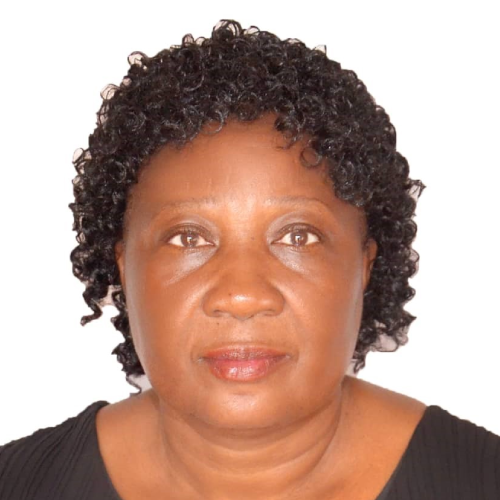

Harriet Nabushawo is a senior lecturer at Makerere University in Uganda.
She works in the Department of Open and Distance Learning as well as acting as institutional coordinator for the CVEinAI project.
VE from a Ugandan perspective
“We are truly enthusiastic about this project, as it brings together a diverse network of institutions from both the Global South and the Global North. This collaboration promises to provide a rich and transformative learning experience for all involved.
Our Vice Chancellor endorsed and signed the partnership agreement with great enthusiasm, recognising that the concept of Virtual Exchange (VE) is entirely new to us. While we have experience with other forms of online learning approaches like MOOCs and physical mobility programmes, VE introduces a completely new dimension to our institutional engagement.”
Harriet emphasises that VE holds significant potential benefits for both educators and students, particularly in optimising limited institutional resources. She notes that, instead of travelling to neighbouring countries such as Tanzania or Kenya, students will be able to engage in intercultural and international learning experiences virtually including with partners in the Global North.
She further explains that the cost of sending students abroad, especially to destinations such as the United Kingdom, is often prohibitive. Although VE does not replace physical mobility, it offers a valuable alternative that enables students to gain intercultural competence, global perspectives, and professional skills relevant to the international labour market.
Bringing VE Closer to Home
Harriet also highlights the potential of virtual exchange on a national scale. She observes that Uganda is home to many ethnic groups, and that insights from international VEs could inform similar initiatives within the country. Such programmes could connect students from different regions like the North, South, East, and Western Uganda to collaborate and share diverse perspectives, thereby fostering national cohesion and mutual understanding.
According to Harriet, implementing national versions of VE would not be difficult, given the strong institutional support for the concept. The Vice Chancellor, she notes, is eager to witness the outcomes of the pilot phase and its potential impact on teaching and learning.
She concludes by stressing the importance of integrating VE into the university’s curriculum:
“We have always encouraged our students to benefit from open learning opportunities, but we have not yet systematically brought together learners from different ethnic and cultural backgrounds. This is an area we intend to explore and develop further.
Our goal is to integrate VE models into our courses and pilot them as innovative pedagogical practices. This is an exciting and transformative step for us.”
